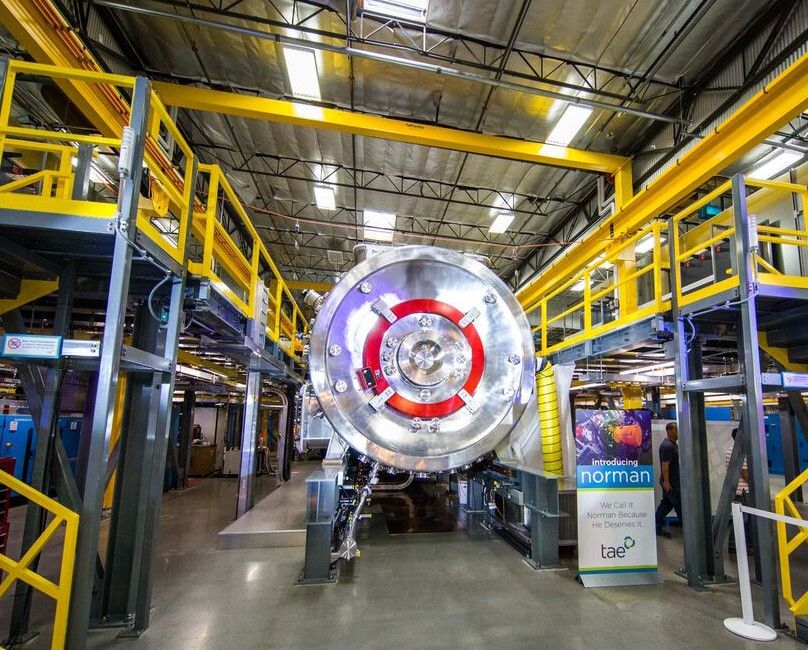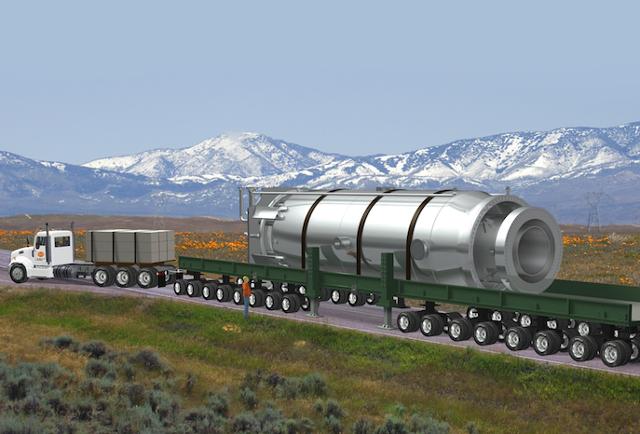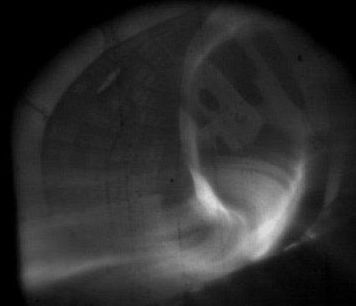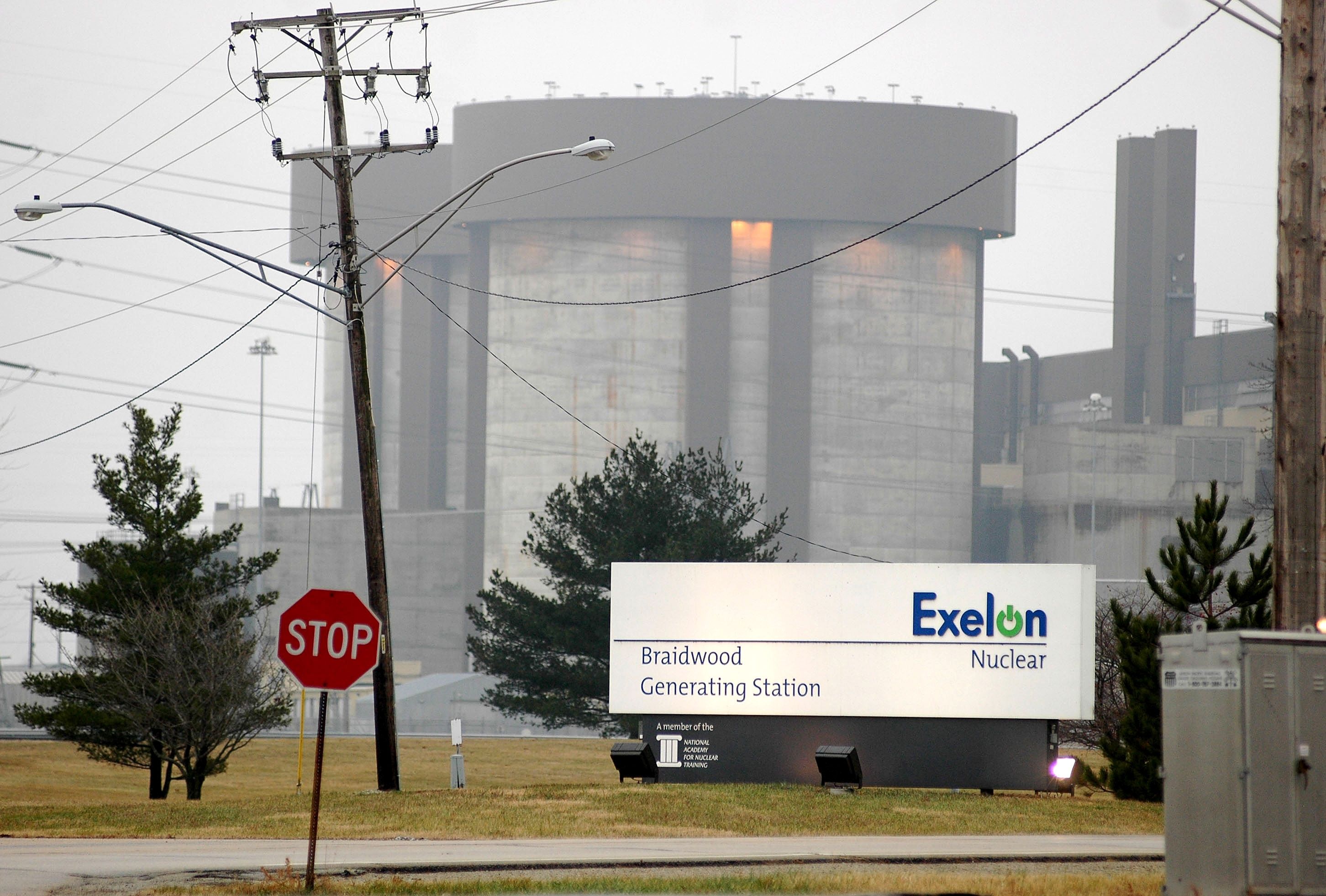Feb 10, 2018
TAE Technologies pushes plasma machine to a new high on the nuclear fusion frontier
Posted by Klaus Baldauf in categories: climatology, nuclear energy, sustainability
TAE Technologies, the California-based fusion company backed by Microsoft co-founder Paul Allen, said its latest and greatest plasma generator has exceeded the headline-grabbing performance of its previous machine.
“This announcement is an important milestone on our quest to deliver world-changing, clean fusion energy to help combat climate change and improve the quality of life for people globally,” Michl Binderbauer, the company’s president and chief technology officer, said in a news release. “This achievement further validates the robustness of TAE’s underlying science and unique pathway.”

















